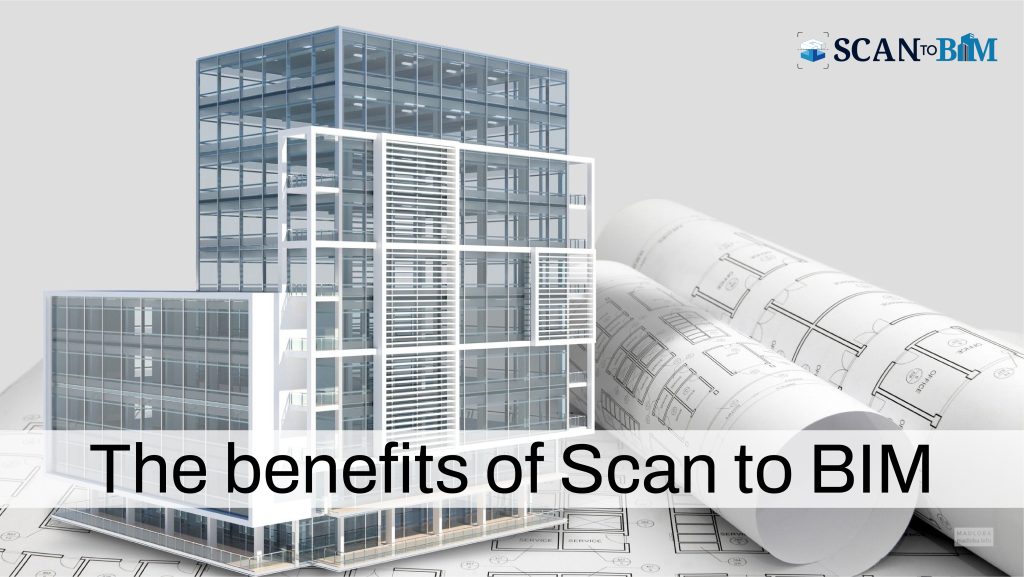
Introduction
The building sector has seen a significant technological innovation transition in recent times, which has revolutionized traditional building and design procedures. Scan to BIM represents a single such technique that has assumed significance. Scan-to-BIM services are emerging and considered a game changer, providing precise and quick data collecting and modeling during construction endeavors by integrating modern scanning methods and Building Information Modelling (BIM). In this article, we are going to take at the notion of Scan to BIM, its numerous advantages, and one among the sector’s prominent Scan to BIM companies.
Understanding Scan to BIM
Scan to BIM is a procedure that entails employing laser scanning technology to capture precise 3D spatial data of a prior building or site ahead of translating it into a BIM model. Laser scanners produce laser beams that indicate the separation between the scanner and many different things throughout the scanning frequency. The resulting measurements form a point cloud, which consists of an accumulation of millions of unique data points whose services properly reflect the scanned item or space’s distinctive characteristics.
The laser scanning point cloud data is analyzed through specialized software to build a comprehensive and exact BIM model. This model includes each of the scanned object’s or space’s parts, such as floor coverings, walls, ceilings, as well windows, doorways, and various other constructional elements. Additionally, data including MEP (Mechanical, Electrical, and Plumbing) systems may be included in the BIM model, resulting in a full digital depiction of the current building.
Scan to BIM technology has been demonstrated in recent investigations to bring about considerable savings in both time and expenses in building initiatives, with prospective decreases of up to 7% in project length and 5% in total construction expenditures. This data emphasizes the enormous significance and effect of Scan to BIM Services in the construction sector’s pursuit of enhanced effectiveness and profitability.
Benefits Scan to BIM
- Enhanced Accuracy:
Scan to BIM services provide exceptional precision, assuring accurate measurements and visualizations of existing buildings. This reduces mistakes as well as discrepancies, which leads to better project results and less reworking. - Time and cost savings:
Integrating Scan to BIM technology consolidates the design and building procedures, allowing for effective communication amongst project stakeholders. The time necessary for site inspections as well as measurements is reduced because of the accurate as-built information gained by laser scanning. This saves money by removing the requirement for tedious data collecting and shortening project timelines. - Clash Detection and Coordination:
Scan to BIM provides for conflict detection and coordination by including mechanical, electrical, and plumbing (MEP) systems into the BIM model, anticipating possible confrontations among architectural and building service elements prior to the design phase. This proactive strategy reduces problems throughout construction, resulting in better project coordination and less rework. According to MarketsandMarkets, the global Scan to BIM market will reach $10.2 billion by 2026, rising at an average yearly growth rate (CAGR) of 6.5% from 2021 to 2026. The study identifies the growing acceptance of BIM technology in the building industry, the requirement for accurate among-built information, as well as the requirement for effective project management and execution among key drivers driving the expansion within the Scan to BIM market.
- Facility Management and Upkeep:
The BIM model created by Scan to BIM services is an invaluable tool for facility management. It gives critical information concerning the current structure, helping facility managers organize maintenance operations, meticulously record assets, as well as make educated decisions during the lifespan of the building.
Conclusion
Scan to BIM technology is emerging as an enormous game changer in the building sector, transforming how existing structures are gathered and modeled. Scan to BIM services provide precise and exhaustive depictions of as-built conditions by merging laser scanning technology with BIM, which leads to enhanced precision, time, and cost-effectiveness while clash identification, as well as superior facility management.
Since the building industry embraces technology improvements, Scan to BIM is going to have an increasingly important role in altering the sector’s procedures. Scan to BIM enables project stakeholders to constitute accurate choices, increase collaboration, and optimize project results by capturing precise as-built data and creating comprehensive BIM models.
Finally, Scan to BIM is transforming the construction sector by providing numerous advantages that improve project effectiveness and precision. Through the worldwide Scan to BIM market rapidly expanding, it is vital for building professionals to harness this technology and collaborate with trustworthy Scan to BIM firms like Qecad in order to realize the full promise offered by this revolutionary technology. Adopting Scan to BIM is an initial step concerning a more efficient, environmentally friendly, and collaborative future in construction.